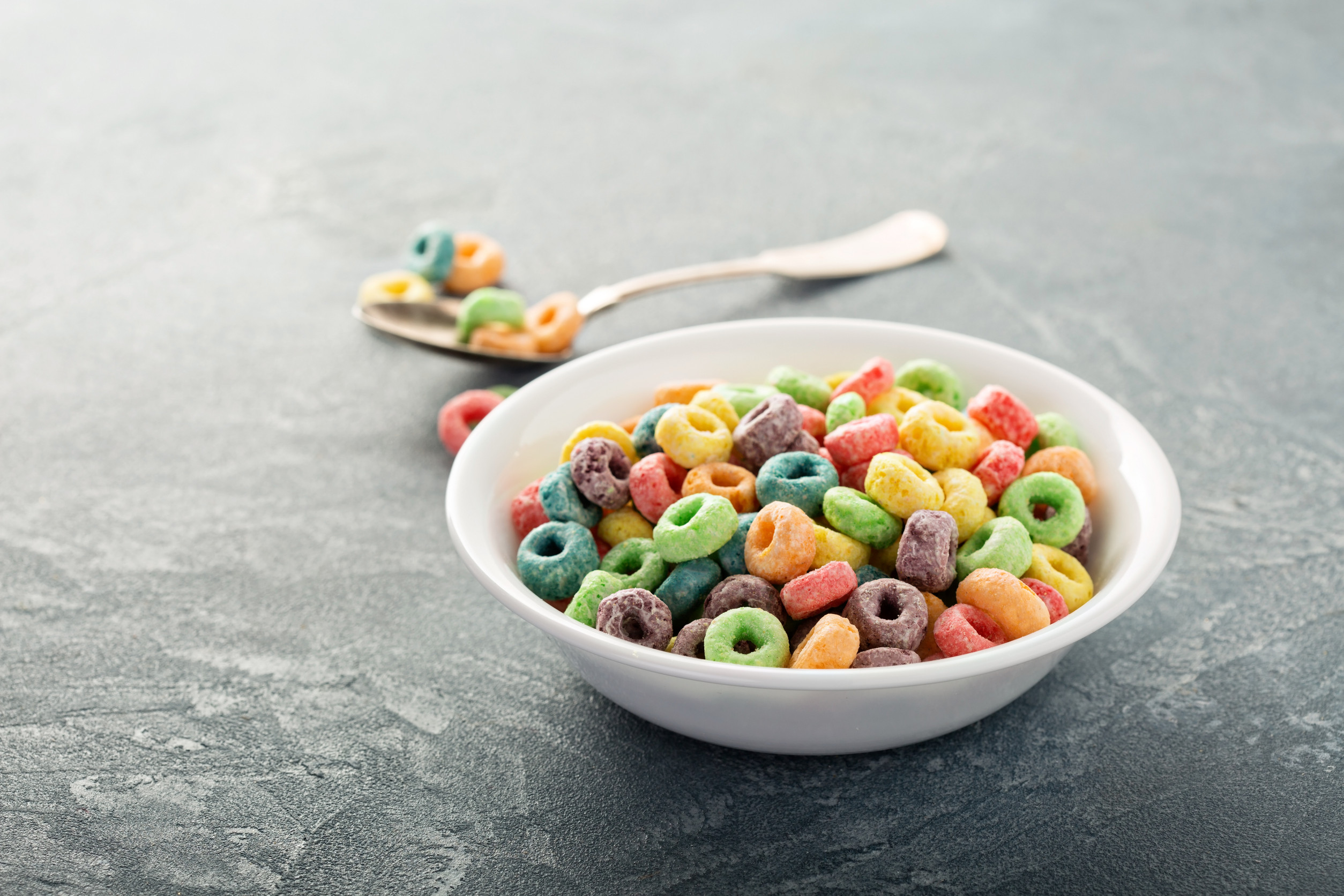If your grocery bill feels twice as high as it did last year, you’re not imagining things. Across the U.S., food prices have spiked dramatically, and some categories have doubled in cost in just 12 months. Whether it’s due to supply chain disruptions, extreme weather, labor shortages, or inflation, the result is the same: families are spending more for fewer essentials. While some items saw modest increases, others became downright budget busters. Here are seven grocery store aisles where prices surged the most—and what you can do about it.
1. Cereal and Breakfast Foods

Cereal boxes are shrinking while prices are ballooning. Over the past year, the cost of cereals, granola, and pancake mixes has nearly doubled, fueled by rising wheat prices and packaging expenses. Popular brands are now charging $5–$7 per box, and generic options aren’t far behind. Even oatmeal and frozen waffles, once affordable staples, have seen dramatic price hikes. Experts say shoppers are turning to bulk bins and store brands to ease the pain, but even those aren’t immune to rising costs.
2. Dairy and Cheese Aisles
Milk, cheese, yogurt, and other dairy products have all been hit hard by supply and demand shifts. Rising feed prices, climate issues affecting dairy farms, and transportation bottlenecks have driven prices way up. A gallon of milk that used to cost $2.50 can now cost $5 in some regions. Specialty cheeses and even basic blocks of cheddar are now luxury items for many families. This is one of the most noticeable grocery price increases, especially for households with kids.
3. Snack Foods and Chips
The snack aisle has become one of the most inflated sections in the store. Chips, crackers, and snack bars have seen double-digit increases, with some family-size bags now costing $7 or more. Companies cite rising oil costs, corn prices, and packaging shortages as reasons for the surge. Shrinkflation is also in play, meaning you’re often paying more for fewer chips. With fewer discounts and coupons available, shoppers are beginning to opt for homemade snacks instead.
4. Eggs and Refrigerated Goods
The egg aisle has been on a wild roller coaster over the past two years, and prices remain historically high. Avian flu outbreaks wiped out millions of hens, reducing supply and doubling prices in many areas. A dozen eggs now costs $4–$6 in some stores, nearly twice what shoppers paid just a year ago. Butter, margarine, and other refrigerated staples have also seen sharp spikes. Grocery price increases in this section have stretched many family budgets thin.
5. Frozen Foods and Ready Meals
Frozen pizza, lasagna, and microwave dinners used to be the go-to for budget-conscious families. Now, many of these items have increased by 50–100%, driven by energy costs, ingredient prices, and higher wages in food production. Even frozen vegetables and fruits are more expensive, leaving fewer affordable options for quick meals. Pre-packaged items have the biggest markup, and with fewer sales promotions, shoppers are noticing the pinch. Buying fresh and cooking from scratch is becoming the more affordable alternative once again.
6. Bakery and Bread Products
The price of a loaf of bread may not seem outrageous at first glance, but add in buns, bagels, pastries, and sandwich rolls, and you’ll see how quickly costs add up. Global wheat shortages and rising labor costs in bakeries have caused prices to jump across the board. Many shoppers report paying nearly double for their favorite brands compared to last year. Even store-brand bread has climbed to $2.50–$3.50 per loaf. For those who rely on sandwiches and toast daily, this is a major budget stressor.
7. Canned Goods and Shelf-Stable Staples

Canned soup, beans, pasta sauce, and vegetables were once pantry MVPs for families on a budget—but not anymore. The price of canned goods has doubled in many areas due to metal shortages, shipping delays, and increased demand. Tomato-based products like pasta sauce and canned tomatoes have been especially hit hard. Even basic cans of corn or green beans now hover around $1.50 to $2, up from under a dollar last year. Stocking the pantry now takes a much bigger bite out of the budget.
What Can You Do When Every Aisle Hits Your Wallet?
There’s no doubt the grocery price increases are affecting nearly everyone, but you’re not powerless. Smart shoppers are now meal-planning, buying in bulk, using discount apps, and revisiting old-school habits like couponing and cooking from scratch. Buying generic or shopping at discount grocery stores can help cut costs significantly. And while inflation may not ease overnight, a little planning can go a long way in fighting the sticker shock. Being aware of which aisles hurt your wallet the most is the first step to spending smarter.
Have you noticed certain items skyrocketing in your grocery store? Share your money-saving tips or your biggest grocery shocks in the comments!
Read More
12 Clearance Aisle Tricks Grocery Stores Use to Boost Profits
4 Store Aisles Designed to Make You Feel Guilty While Shopping
The post 7 Grocery Store Aisles Where Prices Doubled in the Last 12 Months appeared first on Grocery Coupon Guide.







